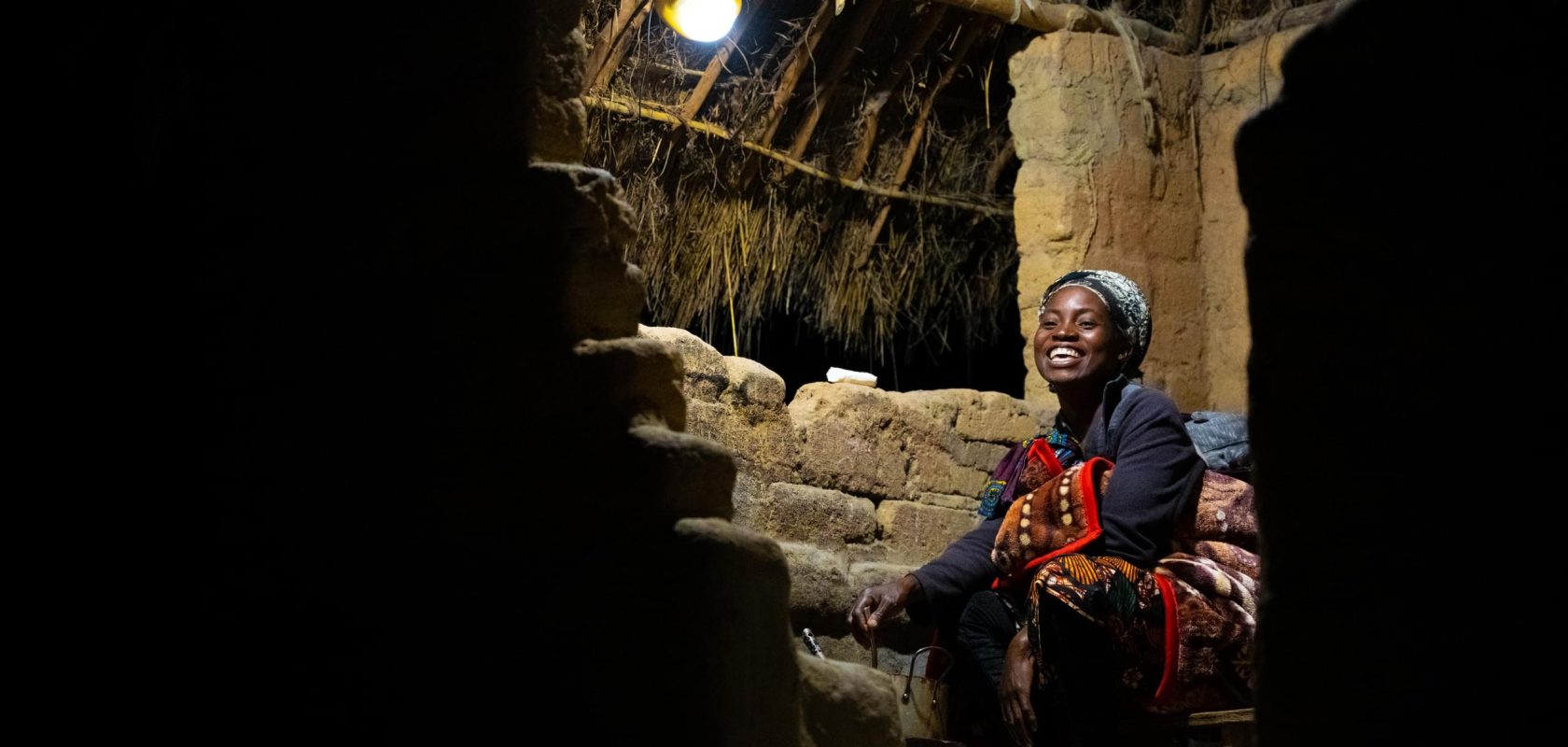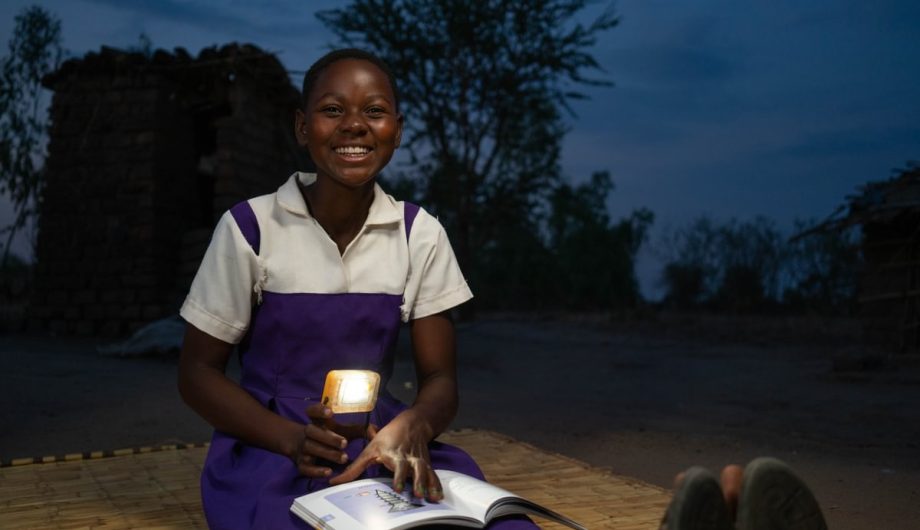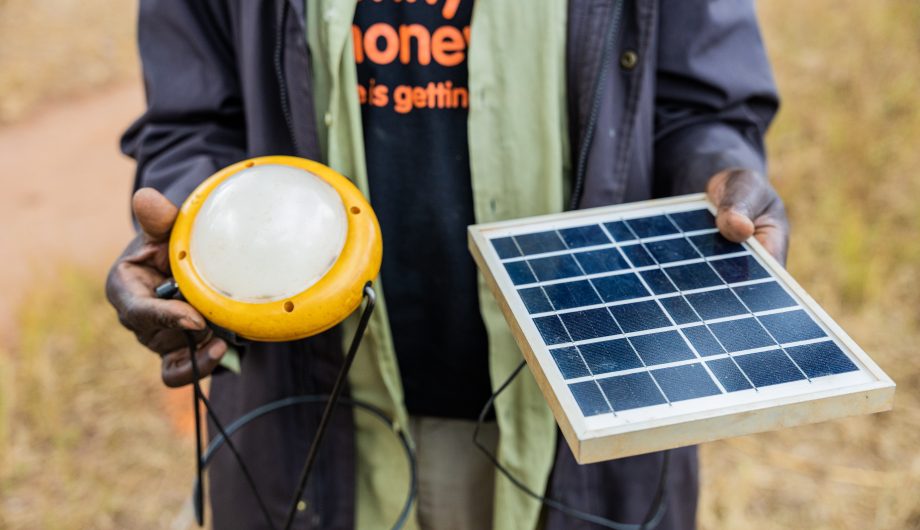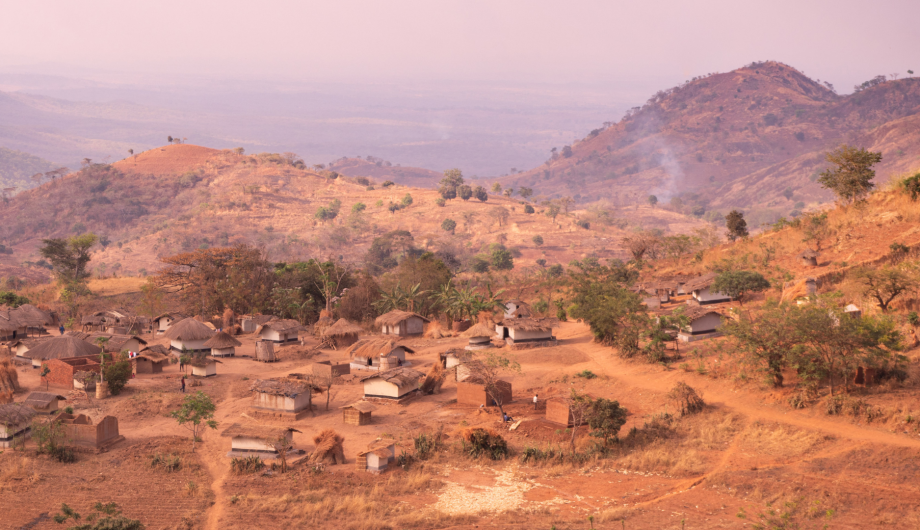COP28 comes at a pivotal point in time, seven years on from the signing of the Paris Agreement, and seven years to go until the looming 2030 deadline, by which time we need to cut global emissions by nearly half in order to stay on track for a below 2°C warming. But, the weight of this year’s conference doesn’t stop there. This year will also see the conclusion of the Global Stocktake where analyses and findings from the past five years will be discussed and appropriate policies will be agreed upon, setting the agenda for the next decade of climate talks.
There is a growing focus on renewable energy as a solution, with about 100 countries supporting an agreement to triple renewable energy capacity and double the rate of energy efficiency gains by 2030. These two targets are vital for reducing emissions and moving away from fossil fuels. But, financing is falling far behind required levels with current predictions showing it is set to leave the poorest countries behind in the energy transition. While SolarAid supports the ambitious target to triple renewable energy capacity, there is also a need to highlight the importance of urgent, game changing action and financing which prioritises fast tracking universal energy access for populations living in extreme poverty – those who are most vulnerable to the effects of climate change.
The world is falling short on emissions and adaptation finance
According to the Global Carbon Project, fossil fuels are by far the largest source of carbon emissions, responsible for 90% of CO2 released in 2022. In contrast to the 2022 IPCC report stating that emission has to drop to 45% by 2030 compared to 2010 levels, current analyses are predicting record emissions in 2023. The UN production Gap report further shows Governments still plan to produce double the amount of fossil fuels in 2030 than what would be consistent with 1.5°C.
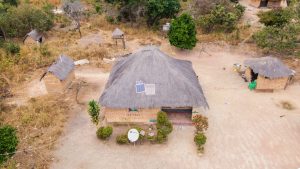
Renewable energy offers a clear solution to reducing global emissions. Photo. Jason J Mulikita/SolarAid.
It’s not only reducing emissions where the world is falling short – the financing gap is now at a $194bn-366bn/year deficit. And, when it comes to adaptation financing in developing economies, international public funding fell by 15% in 2021. Of the cumulative investment of USD 2.841 billion in renewable energy in 2000–2020 worldwide, Africa only received 2%. Meanwhile, the long promised $100bn in annual climate finance for low income countries in the Global South, first promised in 2009 for 2020 and then pushed back to 2025, is still waiting to be fulfilled. Simply put, there is a massive need for financial resources to decarbonise and ensure poorer countries and communities are not left behind in the energy transition.
Off-grid renewable energy offers a clear solution
The message is clear – renewable energy is vital to limiting warming to 1.5°C. Countries and world leaders showed their support to triple renewable energy capacity and double the rate of energy efficiency gains at the G20 meeting in September.
COP28 UAE, together with the International Renewable Energy Agency (IRENA) and the Global Renewables Alliance published the pre-COP report, ‘Tripling Renewable Power and Doubling Energy Efficiency by 2030’ laying out the crucial steps needed for the triple up and double down, with the GRA launching the 3xRenewables campaign alongside it.
A rallying cry for the renewable energy sector, the campaign mirrors the findings that were first laid out in the International Energy Agency’s ‘Net Zero by 2050’ report (2021), and states that tripling renewables will deliver cleaner electricity systems, affordable energy, and green jobs across the world. It would further release billions of dollars in public and private capital for climate-resilient growth, and reduce loss and damage, stating that it’s the most impactful commitment we can undertake to achieve a 1.5°C pathway.
But, with this clearly positive focus on the role renewable energy can play, are we paying enough attention to bringing the poorest, hardest to reach communities with us in the transition?
IRENA’s, COP28 UAE and GRA’s report states that “It is important that renewable power generation capacity, including both grid-connected and offgrid systems, expands more rapidly in the developing world, given its growing electricity demand;” and that “renewables can – and should – play an important role in addressing the significant energy access deficit in developing countries, through both grid and off-grid applications.”
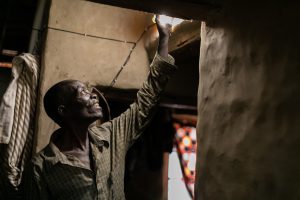
Off-grid energy can play an important role in creating a just energy transition. Kondwani Jere/SolarAid.
Off-grid solutions can be rapidly deployed and enable the poorest, hardest to reach communities to access basic solar powered light. But to increase access to these systems, significant investment and funding is needed alongside a plan to meet the basic energy needs of those living without access to electricity, which are also the people most vulnerable to the impacts of the climate crisis.
Solar energy has the potential to fast-track progress towards achieving universal energy access and Solar Home Systems (SHS) are recognised as one of the most cost-effective ways to enable millions of hard-to-reach off-grid communities to access electricity. But, barriers still exist which mean that the poorest, hardest to reach and most vulnerable populations are still being left behind.
Are the poorest being left behind in the energy transition?
A new study by Practical Action and Kuunganna Advisory for the Transforming Energy Access platform has found that “electricity access for those living in extreme poverty was 37% in 2019; significantly less than the global average of 78%,” with the primary barrier being affordability.
SolarAid is currently pioneering a game-changing Energy-as-a-Service (EaaS) model, Light a Village, in Malawi, which is designed to overcome barriers which prevent the poorest households from accessing electricity and aims to connect 100% of households to a SHS.
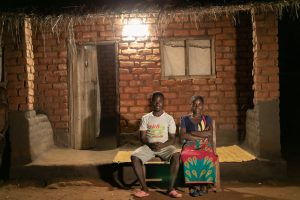
Light a Village is reaching the most remote areas of Malawi and creating a model that can be scaled. Kondwani Jere/SolarAid.
This model directly addresses the affordability and risk barriers by removing the need for financial deposits to be paid and introducing small daily payments, less than that that would be paid for other, more polluting alternatives. Each household in our pilot community received a SHS for free, paying only for the energy they use.Results to date are remarkable, with over 2500 solar systems now installed and market penetration as high as 99% in some areas. Usage rates are similarly high at 90%.
Light a Village demonstrates that it is possible to transform whole communities within a short time frame, fast-tracking universal electricity access, but we must prioritise it.
An urgent step change is needed
The economic and environmental case to accelerate the deployment of renewable power is both clear and compelling. Given the ‘dramatic improvements in the competitiveness of solar and wind technologies,’ we support the call for the international community to step up investments. If it does not, the gap in investment between the Global North and the Global South could continue to widen, to the detriment of billions of people and the success of a just and inclusive energy transition (IRENA, 2023).
Therefore, SolarAid’s COP28 message is simple – a just and inclusive energy transition can only be achieved if energy access for the poorest populations, who are at most risk to the impact of the unfolding climate crisis, are put at the top of the global agenda. This means that an urgent step change in investment and support for initiatives designed to fast-track energy access for last mile communities, which include the rapid deployment of distributed solar solutions, is needed.
